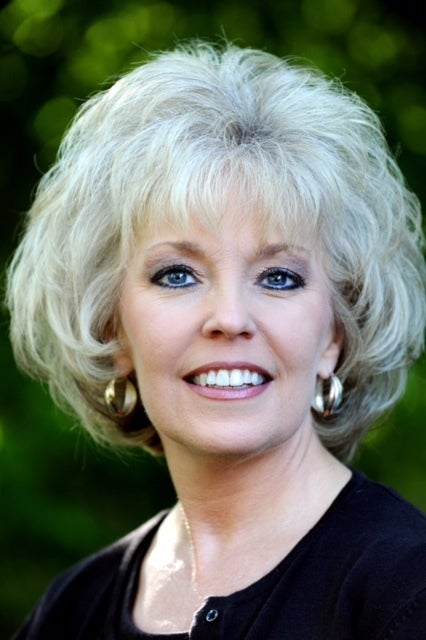Safety tips for heating your home this winter
Published 10:03 am Wednesday, January 18, 2017

- Jennifer Howard
As winter gets into full swing, remember fire and carbon monoxide poisoning are real concerns that come with staying warm.
According to the National Fire Protection Association, between 2009 and 2013, U.S. fire departments responded each year to an average of 56,000 home structure fires that involved heating equipment. Space heaters are the most common type of heating equipment involved in home fires, accounting for 40 percent of all fires, and more importantly, 84 percent of non-firefighter deaths.
In addition, carbon monoxide poisoning is a serious risk. From 2009 to 2011, the Consumer Product Safety Commission estimated 49 people died each year from heating-equipment-related carbon monoxide poisoning. Because carbon monoxide is odorless and colorless, some people die in their sleep.
Mark Purschwitz, University of Kentucky Cooperative Extension Safety Specialist, has the following safety rules that can lessen the chance of a fire or carbon monoxide poisoning at your house during the winter.
— Keep flammable materials like curtains, clothing, paper and cleaning supplies at least 3 feet away from any heating equipment, especially space heaters, wood stoves and fireplaces.
— Keep volatile liquids like paint and cleaners in a different room.
— Make sure all vents are free of obstructions.
— Have a furnace professional check your furnace for gas leaks,cracked burners and heatexchangers, and other malfunctions.
— Use a glass or metal screen in front of your fireplace so embers don’t pop out and create a fire hazard. Keep the hearth clear of decorations and debris.
A smoke alarm is still the best tool for early fire detection, and a carbon monoxide detector is the best tool to prevent fatal carbon monoxide buildup. At a bare minimum, you should have a smoke alarm on every level of your house and at least one carbon monoxide detector located per manufacturer’s recommendations.
Replace the batteries in these detectors at least once a year and replace all of the alarms every 10 years as the sensors wear out.
Have a 3-foot “child-free zone” around open fires and space heaters and teach your children that fires and heaters are dangerous.
If you have a wood stove, it should be surrounded by a non-combustible floor, and in some cases non-combustible wall panels. Check with local authorities about the required distances and clearance zones.
Have chimneys cleaned and inspected every year by a qualified professional. A sluggish draft or smoke rolling into the room could mean creosote buildup in the flue, which could lead to a nasty chimney fire.
Use only clear, 1-K grade kerosene in kerosene heaters. Grade 2 kerosene burns dirtier and releases many more pollutants. Never use other fuels like gasoline, as they can cause fires or explosions.
You must provide outside air ventilation for kerosene space heaters or any other unvented heaters, to prevent carbon monoxide buildup. A general rule of thumb is 1 square inch of open window or door for each 1,000 Btus of heater rating, but check manufacturer’s instructions.
Propane heaters should never be brought indoors unless they are specifically identified as being “indoor-safe.” These heaters are for temporary indoor use only, such as during a power outage. They have an oxygen depletion sensor to automatically shut off if oxygen is limited. Even still, they are only for temporary indoor use.
Turn off portable heaters when leaving the room or going to bed.
Never use your oven to heat your home.
Plug electric space heaters directly into a wall outlet. If an extension cord is absolutely necessary, it must be as short as possible, and use wire as large as or larger than the heater cord. A thin extension cord will overheat and result in a fire.
Rehearse with your family fire safety practices. For example, set a family meeting place outside your house if a fire occurs, so you will know that everyone is safe.
These few precautions will help keep you warmer and safer.
For more information on fire prevention and carbon monoxide poisoning, contact the local fire department.
More information on healthy living is available at the Clark County Cooperative Extension Service.
Jennifer Howard is the Clark County Extension Agent for Family and Consumer Science.





